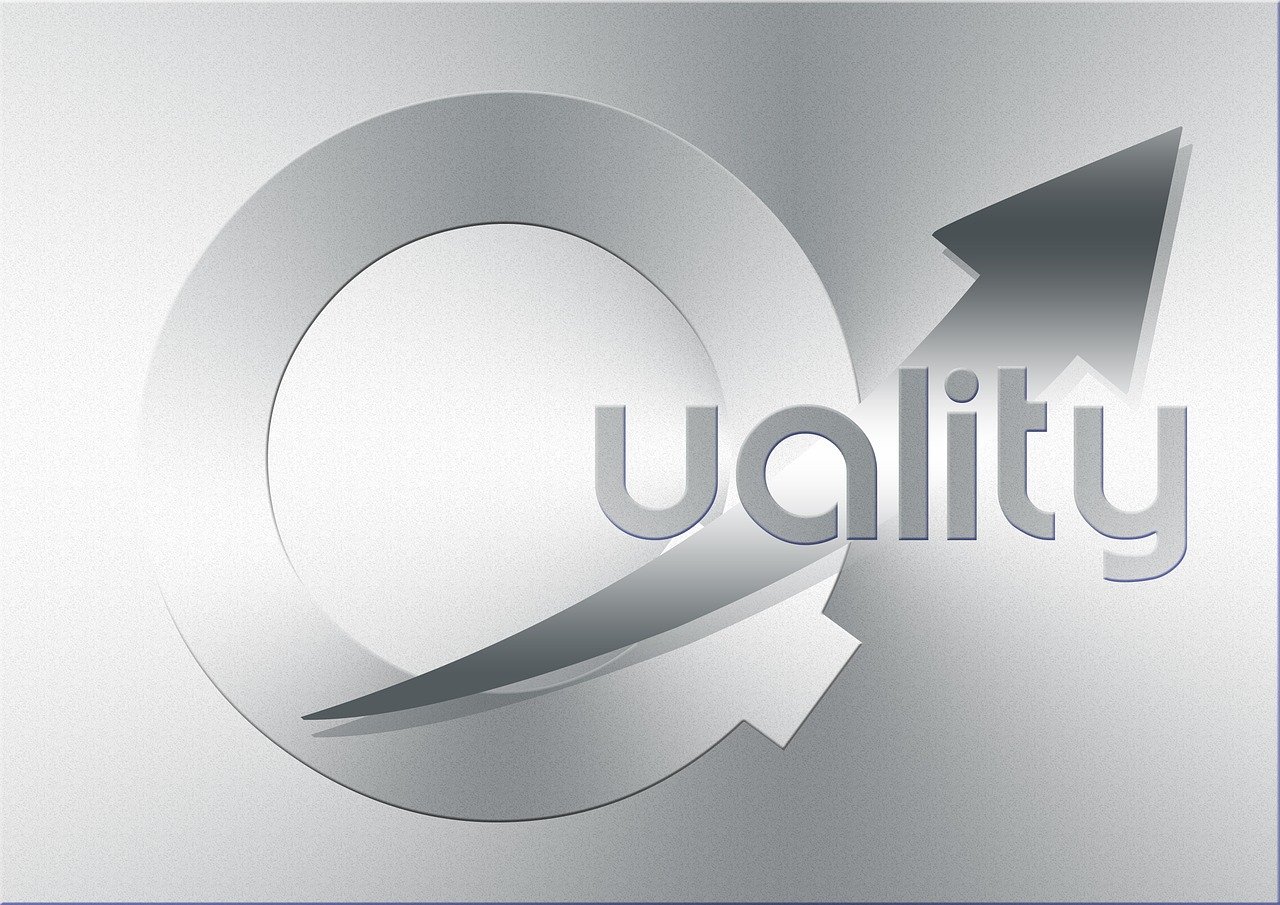FDA Quality System Regulation – 21 CFR 820
21 CFR 820, also known as the Quality System Regulation (QSR), outlines the requirements for the establishment and maintenance of a quality management system for medical device manufacturers in the United States. Let’s break down each section of the regulation:
Subpart A – General Provisions (§820.1 – §820.3)
This section provides introductory information about the scope and applicability of the regulation, definitions of key terms, and requirements for maintaining compliance with the regulation.
Subpart B – Quality System Requirements (§820.20 – §820.198)
This is the core section of the regulation and outlines the specific requirements for establishing and maintaining a quality system. It includes provisions related to management responsibility, quality system procedures, document controls, design controls, corrective and preventive actions (CAPA), production and process controls, and more.
Subpart C – Design Controls (§820.30 – §820.75)
This section focuses specifically on design control requirements for medical device manufacturers. It includes provisions related to design planning, design input, design output, design verification, design validation, design transfer, and design changes.
Subpart D – Document Controls (§820.40 – §820.186)
Document controls are essential for ensuring that documentation related to the quality system and device manufacturing processes is accurate, up-to-date, and accessible. This section outlines requirements for document approval, document changes, document distribution, and document retention.
Subpart E – Purchasing Controls (§820.50 – §820.80)
This section addresses requirements for controlling the purchasing process, including selection and evaluation of suppliers, purchasing data, and verification of purchased product.
Subpart F – Identification and Traceability (§820.60 – §820.65)
Identification and traceability are crucial for tracking devices throughout the manufacturing process and distribution chain. This section outlines requirements for device identification, device traceability, and unique device identification (UDI) for certain devices.
Subpart G – Production and Process Controls (§820.70 – §820.120)
These controls are essential for ensuring that manufacturing processes are consistent, controlled, and capable of producing devices that meet quality requirements. This section includes provisions related to process validation, control of production and service provision, and inspection and testing.
Subpart H – Acceptance Activities (§820.80 – §820.86)
Acceptance activities involve verifying that devices meet specified requirements before they are released for distribution. This section outlines requirements for acceptance criteria, acceptance status, and acceptance records.
Subpart I – Nonconforming Product (§820.90 – §820.100)
Nonconforming product refers to devices that do not meet specified requirements. This section addresses requirements for identifying, evaluating, segregating, and disposing of nonconforming product.
Subpart J – Corrective and Preventive Action (§820.100 – §820.198)
Corrective and preventive action (CAPA) processes are essential for identifying and addressing quality issues. This section outlines requirements for investigating and addressing nonconformities, implementing corrective and preventive actions, and documenting these activities.
Subpart K – Labeling and Packaging Control (§820.120 – §820.130)
Proper labeling and packaging are crucial for ensuring that devices are appropriately identified, handled, and stored. This section addresses requirements for labeling control, labeling verification, and packaging and shipping.
Subpart L – Handling, Storage, Distribution, and Installation (§820.140 – §820.198)
These provisions address requirements for handling, storage, distribution, and installation of devices to ensure that they remain safe and effective throughout their lifecycle.
Subpart M – Records (§820.180 – §820.198)
Recordkeeping is essential for documenting compliance with regulatory requirements and maintaining traceability of devices. This section outlines requirements for record retention, record access, and electronic records.
Subpart N – Servicing (§820.200)
Where needed, there are requirements to document servicing procedures and service reports, analyze those reports, and report to FDA any service reports that must be reported in accordance with Part 803 and consider them to be complaints.
Subpart O – Statistical Techniques
Where appropriate, statistical techniques must be employed to analyze process capability and product characteristics. Sampling plans must be based on a valid statistical rationale. Manufacturers must document and implement procedures to ensure that statistical techniques are appropriate for their intended use and are reviewed to confirm adequacy when a process is changed.
Summary
Overall, 21 CFR 820 provides a comprehensive framework for medical device manufacturers to establish and maintain quality systems that ensure the safety, efficacy, and reliability of their products.
Compliance with these requirements is essential for obtaining and maintaining regulatory approval to market medical devices in the United States.

